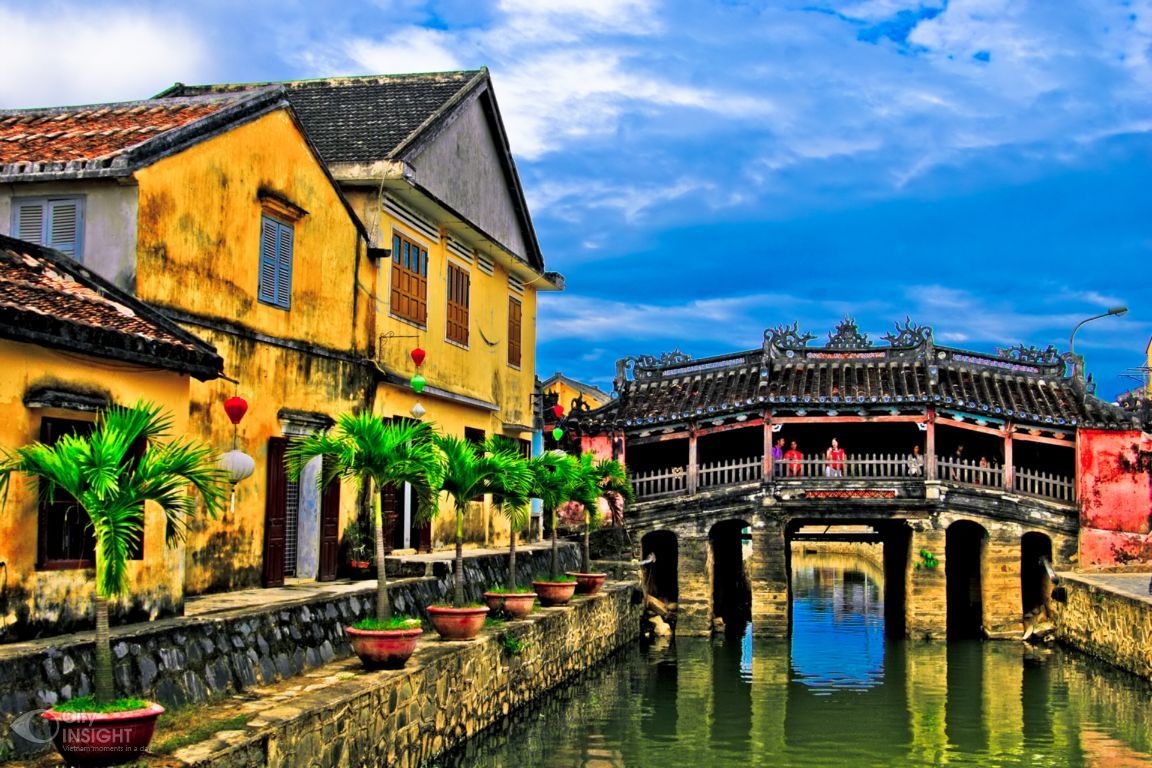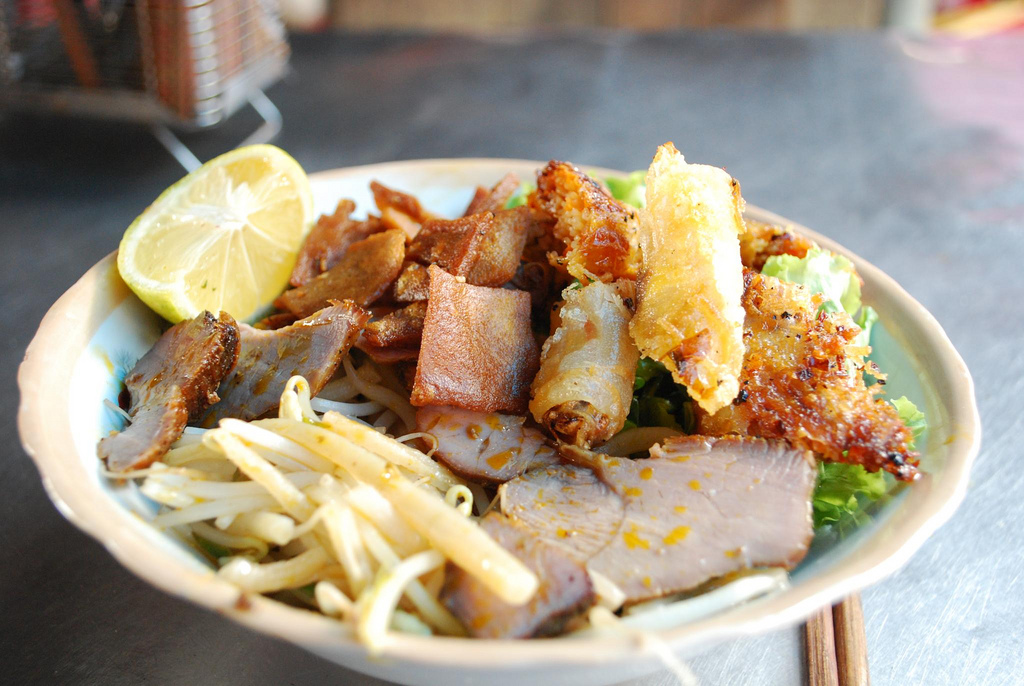Full moon lantern festival of Hoi An
On the 14th day of every lunar month, the old town of Hoi An switches off its lights and closes to motorized traffic, the old town is transformed by flickering candlelight, mulch-colored lanterns and hoards of visitors who’ve come to see the full moon lantern festival.
For the locals the night of the full moon is the time to honor their ancestors, setting up alters laden with fruit, flowers, candles and incense outside homes and businesses, and burning colored paper and fake $100 bills as offerings in exchange for good luck and prosperity. The temples in town are awash with activity, monks hold candlelit ceremonies and the Fujian Assembly Hall on Tran Phu Street fills with local fishing families honoring Lady Thien Hau, the goddess of the sea who protects sailors from danger. If a temple visit is high on your agenda and you are lucky enough to time your visit to coincide with the festivities, not only do you save the 90,000 VND ticket — all attractions are free for visitors on the night of the full moon — but also you get a worthwhile experience. Gone are the street sellers and harsh lighting, replaced by ambient candlelight and haunting traditional music.

The streets can only be described as a bit mental; the Vietnamese love this festival and flock to Hoi An for the occasion. All those manners your mum taught you about patiently queuing and apologizing every time someone bumps in to you should be left at your hotel along with cumbersome bags, flip-flops and inappropriately revealing attire.
Once you’ve fought your way past the romantic Vietnamese couples holding hands and arrived at the riverfront, you’ll be accosted by locals selling cardboard lotus flower-shaped lanterns, which come with a tiny candle. These, when released on to the river, are said to bring happiness, luck and love, all for the grand price of 5,000 VND. And if the lure of a cruise downstream in a tiny sampan boat takes hold, you can take one for around 100,000 VND — the final price subject to your negotiation skills and do always agree on the price before boarding. This is a great way to grab a bit of space from the crowds, and the river is a good viewpoint from which to enjoy the festival, and quite a humbling experience as these tiny Vietnamese grandmothers row with Olympic prowess down the Thu Bon.
As you battle your way through the crowds on the street, you’ll be rewarded with bands playing bamboo flutes, drums and fiddles, as well as traditional games. The best game is located by the An Hoi Bridge and is called bai choi; it’s a bit like a musical bingo and to have any chance of knowing what on earth is going on you’ll need a guide. I once took one along with me as I wanted to learn a little more about the roots of the traditional games; he told me that bingo originated in the Central Highlands, where shepherds would play the singing game to scare predators from their grazing bison. He did giggle a lot when he told me this so I’m really quite unsure if this is true, but it’s a right old racket so I’m sure it would have worked. (A company called Hoi An Free Tours – which are, surprise!, free — can arrange this. They are a group of students wanting to practise their language skills and they are brilliant.)
Other things to look out for are old men in their pyjamas playing candlelit Chinese chess, poetry reading groups, the over the top ‘opera’ down by the river and, of course, the food. The mainly Buddhist Central Vietnamese go vegetarian on both full and half moon, so street food vendors knock out some quite spectacular vegetarian alternatives to all the usual cao lau and banh mi replacing meat with tofu. You should also take the opportunity to try moon cakes, which are only available on full moon nights. These cakes made with green bean and lotus seeds are a lot tastier than they sound.
The celebrations start winding down around 21:00 or 22:00. Despite the crowds, this is a magical festival and gives you a glimpse of what life may have been like when Hoi An was a booming and affluent port many centuries ago; though it’s just a bit cheesier.



